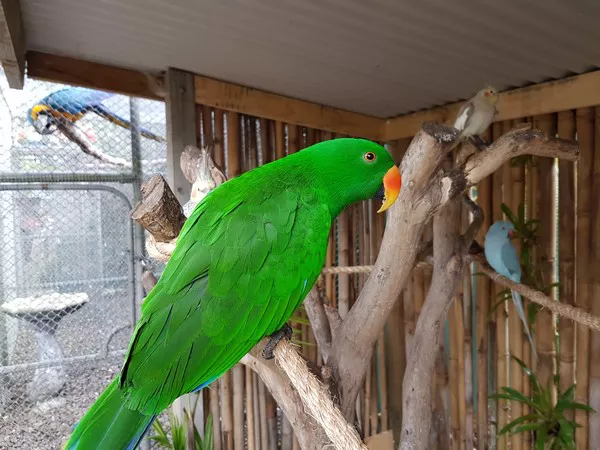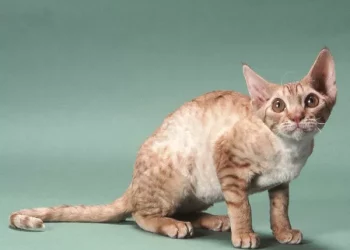Caring for orphaned or abandoned kittens can be a rewarding but challenging experience. Among the many aspects of raising a young kitten, ensuring proper nutrition is crucial for their growth and development. At two weeks of age, kittens are still reliant on a liquid diet. Determining the appropriate feeding quantity in terms of ounces for these fragile felines is essential. This article aims to provide guidance on how much a two-week-old kitten should be eating, considering their nutritional needs, growth rate, and individual circumstances.
Understanding Nutritional Needs
Two-week-old kittens have specific nutritional requirements to support their rapid growth and development. During this stage, they should primarily consume a commercial kitten milk replacement formula, as they are not yet ready for solid food. These specialized formulas are specifically designed to provide the necessary nutrients, vitamins, and minerals that mimic the composition of a mother cat‘s milk.
Feeding Frequency and Volume
At two weeks of age, kittens generally need to be fed every two to three hours, including during the night. However, it is important to note that individual kittens may have slightly different requirements, so observation and responsiveness to their hunger cues are vital. Kittens should be kept warm, comfortable, and in a safe environment during feeding sessions.
Determining the Ideal Quantity
The quantity of formula to feed a two-week-old kitten can vary depending on their size, weight, and overall health. As a general guideline, a two-week-old kitten may consume approximately 1 to 2 ounces of formula per feeding. However, it is crucial to monitor their individual needs and adjust the quantity accordingly.
Weight Monitoring
Regular weight monitoring is an essential aspect of ensuring proper nutrition in young kittens. A healthy kitten should exhibit consistent weight gain over time. Weighing them daily or every other day can help assess if they are receiving an adequate amount of nourishment. A steady weight gain of approximately 10-15 grams per day is considered normal for a two-week-old kitten.
Consulting a Veterinarian
While general guidelines can provide a helpful starting point, it is crucial to consult a veterinarian for personalized advice regarding the feeding quantity for a two-week-old kitten. A veterinarian can assess the kitten’s overall health, provide specific dietary recommendations, and address any unique circumstances or challenges that may arise during the feeding process.
Signs of Underfeeding or Overfeeding
Observing the kitten’s behavior and physical condition is crucial in determining if they are receiving an appropriate amount of nourishment. Signs of underfeeding may include slow weight gain, weakness, lack of energy, and excessive crying. On the other hand, signs of overfeeding may manifest as bloating, diarrhea, and regurgitation. Adjustments to the feeding quantity may be necessary based on these observations.
Transitioning to Solid Food
Around the age of four weeks, kittens begin the gradual process of transitioning to solid food. At this stage, they start exploring and showing interest in their mother’s or caregiver’s food. Introducing a high-quality kitten food that is specially formulated for their nutritional needs can facilitate this transition. Consultation with a veterinarian can help determine the appropriate timing and method for introducing solid food.
Conclusion
Providing adequate nutrition is crucial for the healthy development of two-week-old kittens. Understanding their nutritional needs, monitoring their weight gain, and adjusting the feeding quantity accordingly are essential steps in ensuring their well-being. While general guidelines can be helpful, consulting a veterinarian for personalized advice is strongly recommended. By providing optimal nourishment and attentive care, you can set the stage for these young felines to thrive and grow into healthy adult cats.
Recommended reading:

























